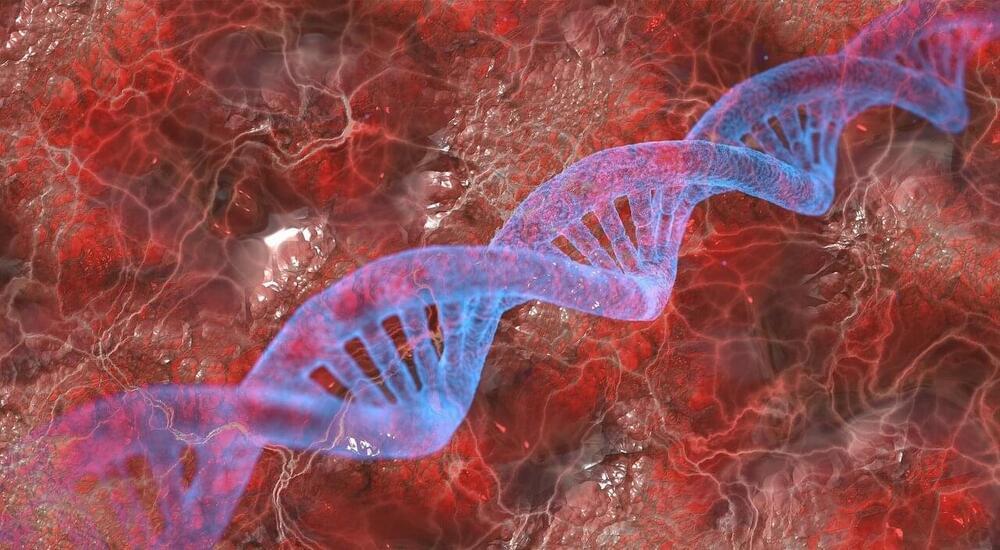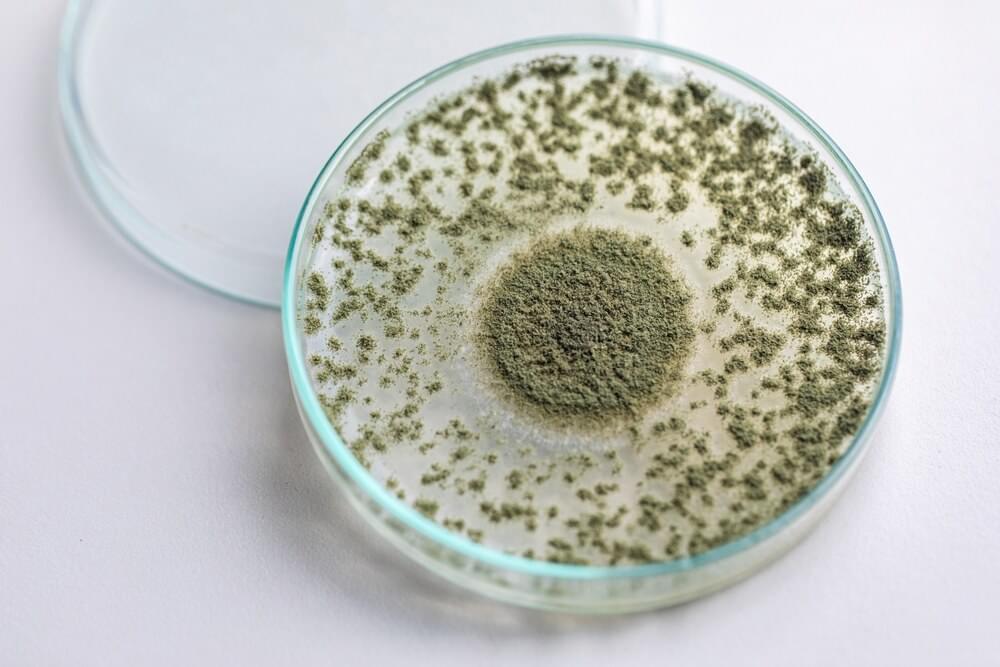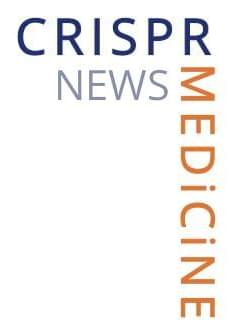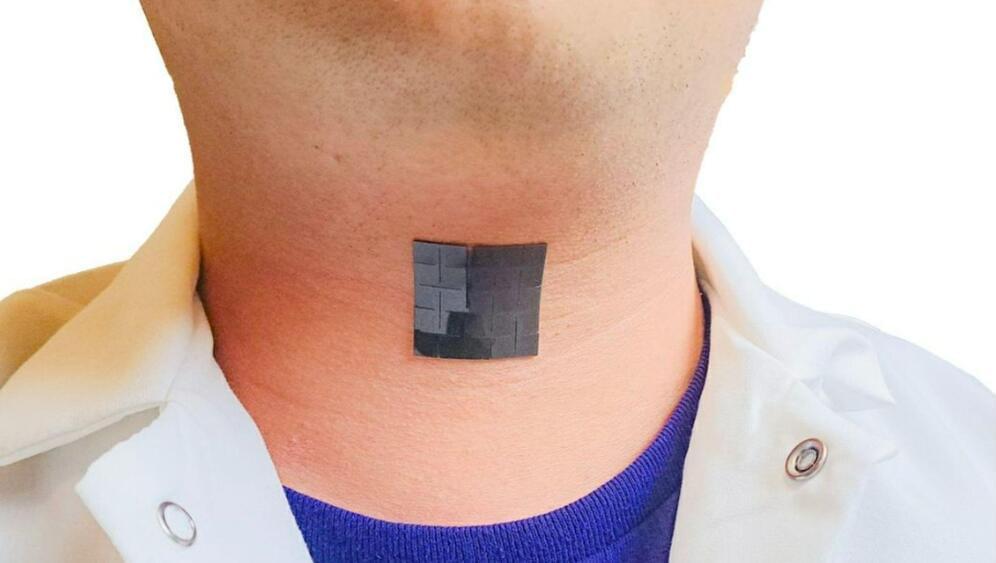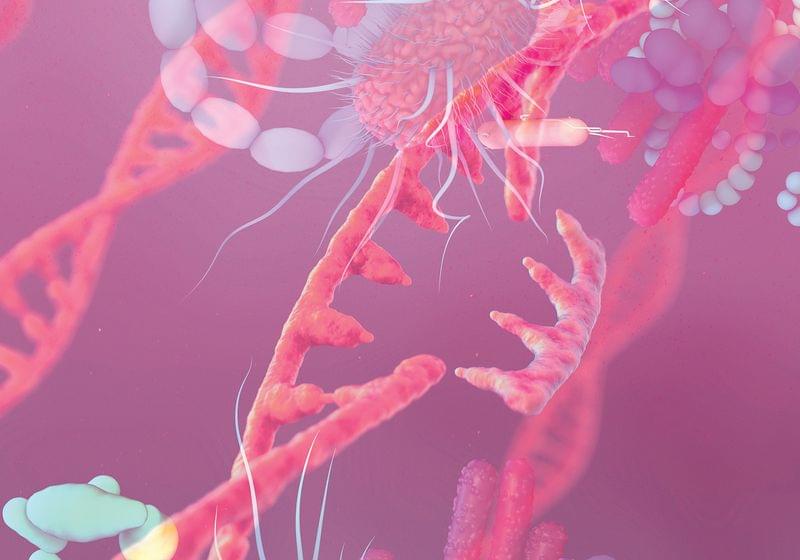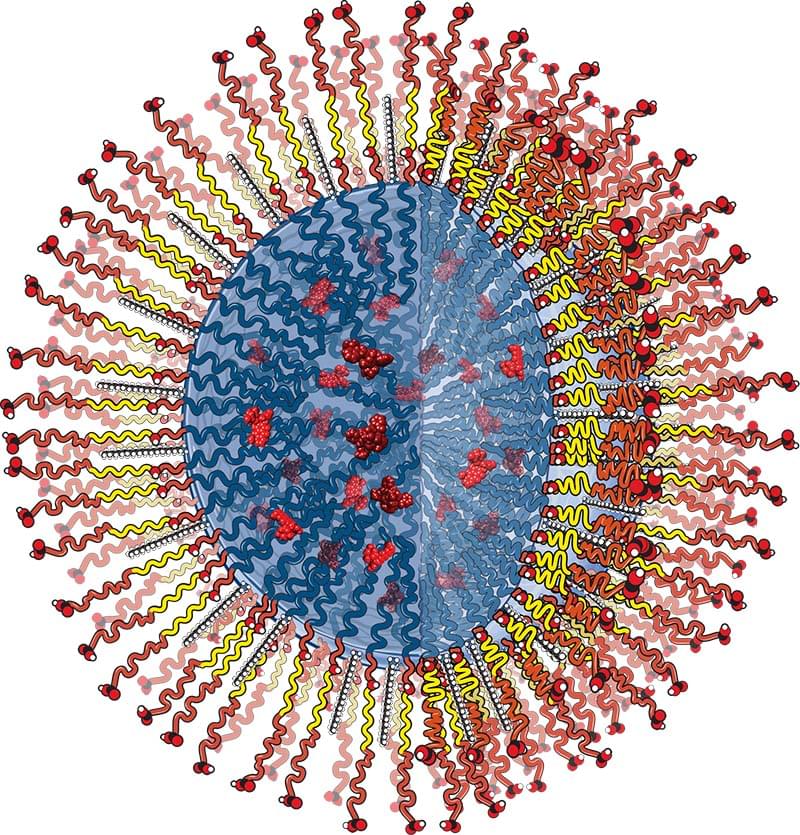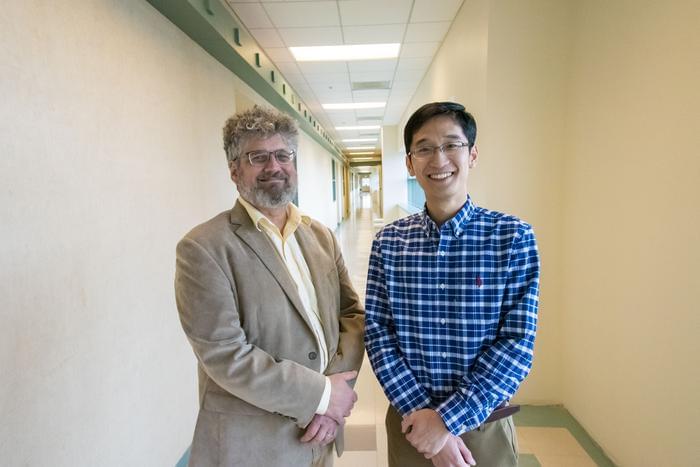Mar 24, 2024
Study supports hypothesis that mitochondrial dysregulation is a contributor to the development of schizophrenia
Posted by Dan Breeden in categories: bioengineering, biotech/medical, genetics, neuroscience
Researchers at Rutgers and Emory University are gaining insights into how schizophrenia develops by studying the strongest-known genetic risk factor.
When a small portion of chromosome 3 is missing—known as 3q29 deletion syndrome—it increases the risk for schizophrenia by about 40-fold.
Researchers have now analyzed overlapping patterns of altered gene activity in two models of 3q29 deletion syndrome, including mice where the deletion has been engineered in using CRIPSR, and human brain organoids, or three-dimensional tissue cultures used to study disease. These two systems both exhibit impaired mitochondrial function. This dysfunction can cause energy shortfalls in the brain and result in psychiatric symptoms and disorders.
